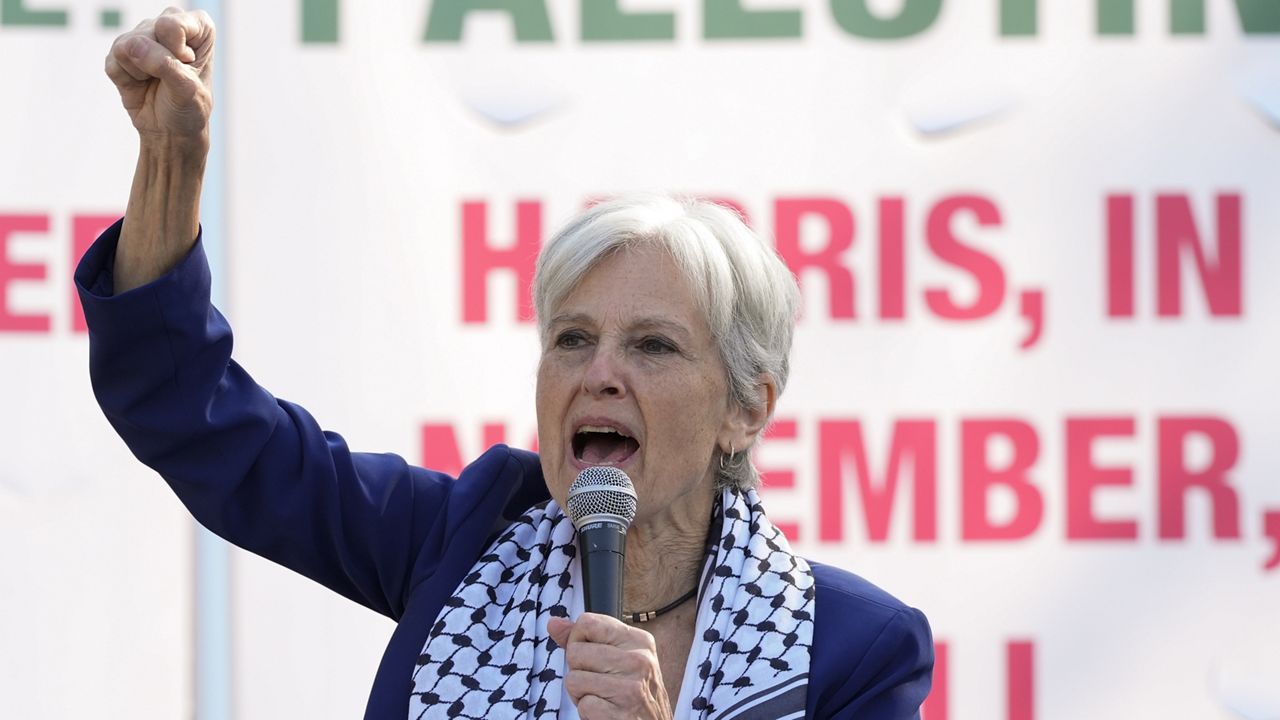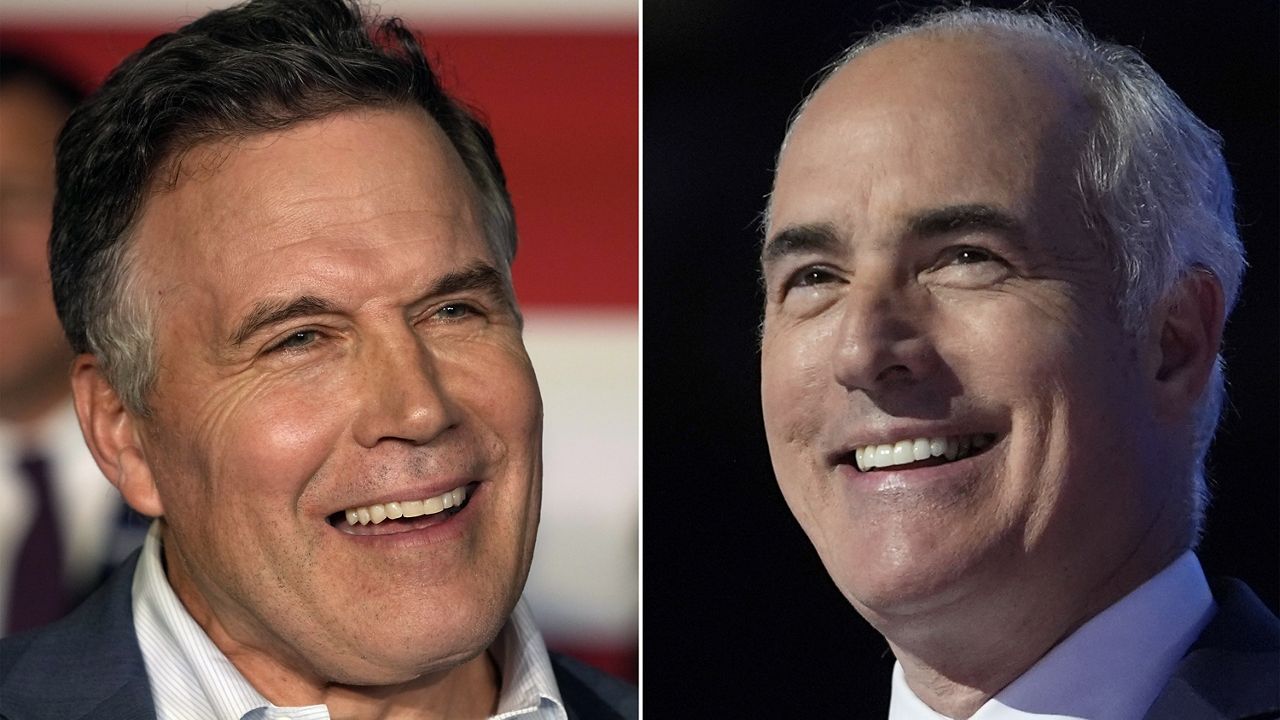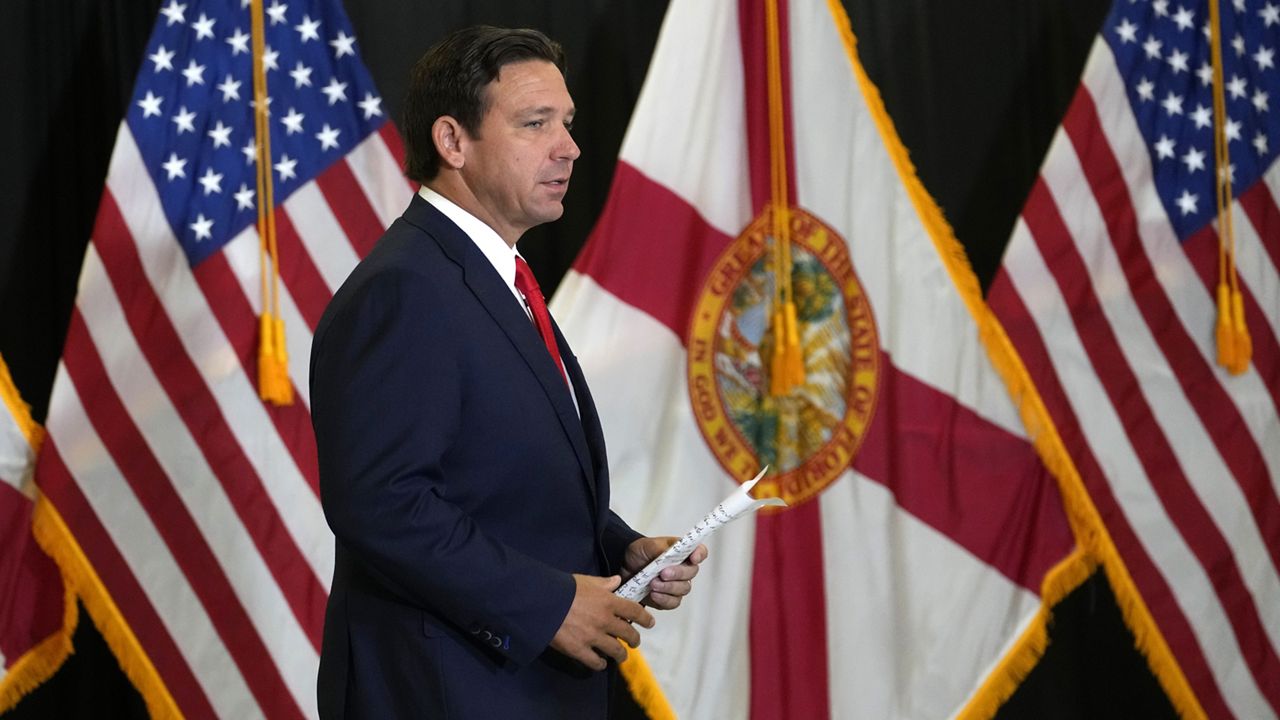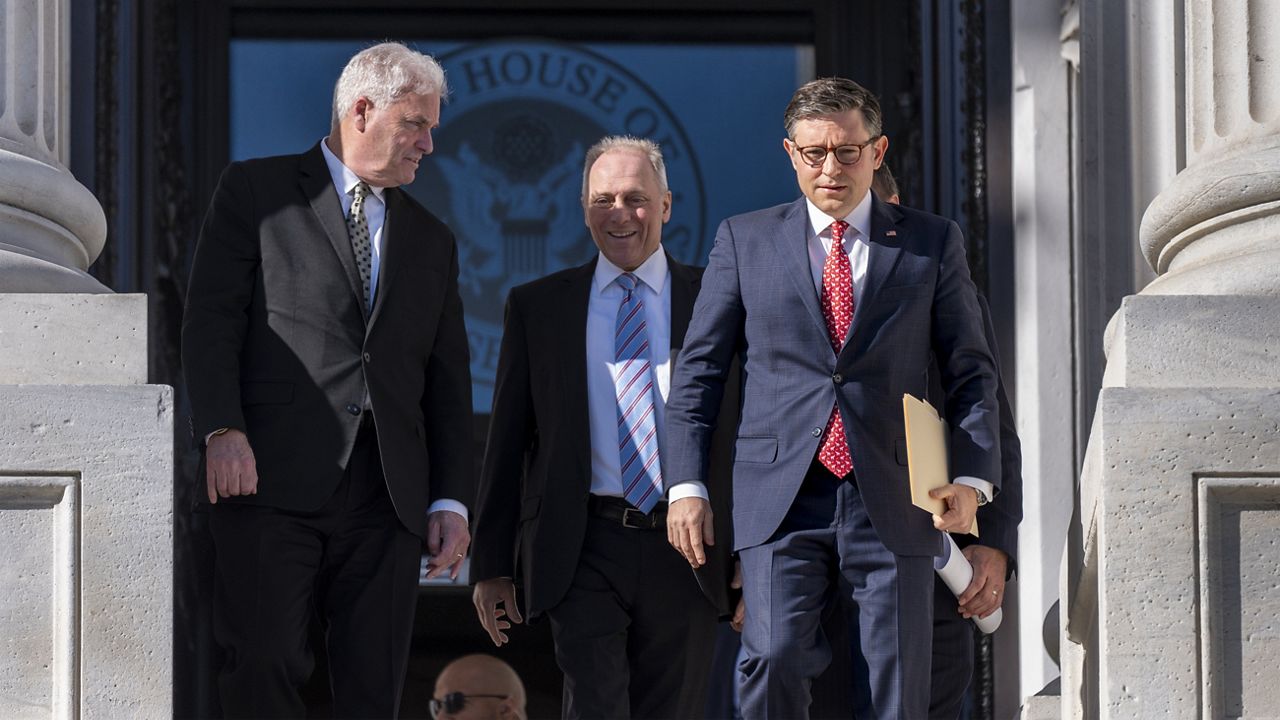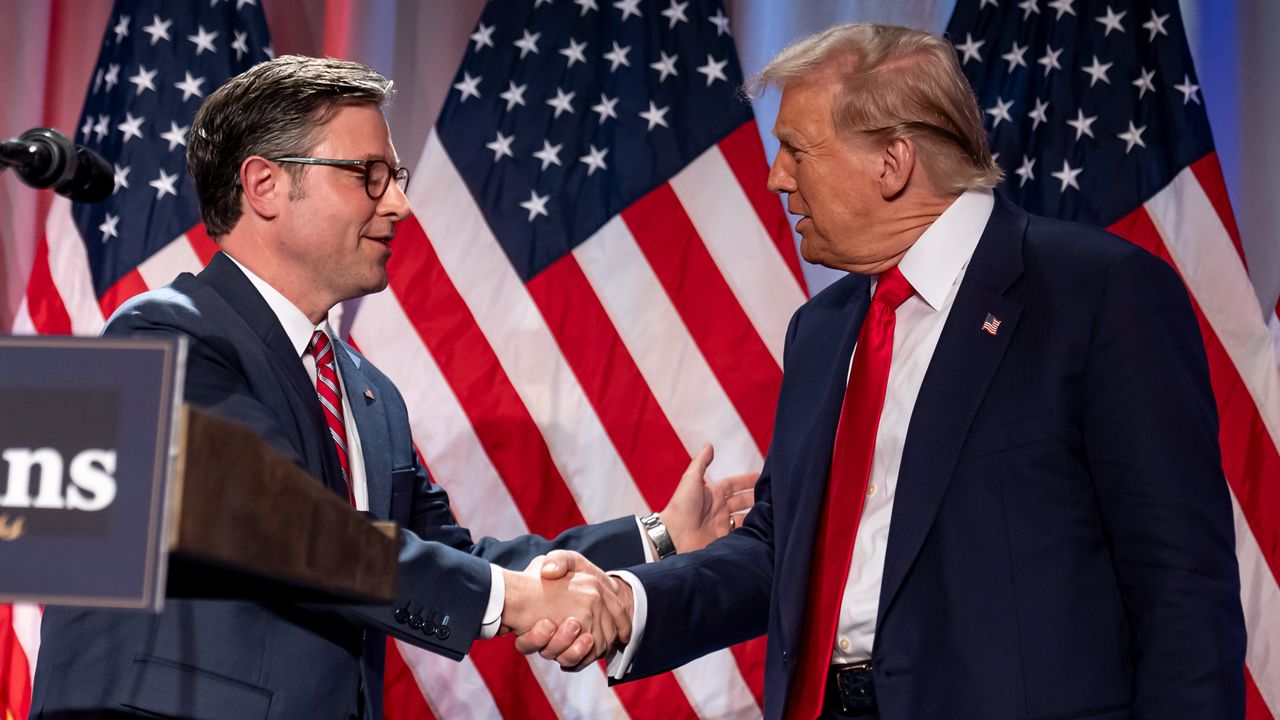Kamala Harris and Donald Trump might dominate the attention for Tuesday’s election, but nearly two dozen lesser-known candidates are also running for the White House.
What You Need To Know
- Kamala Harris and Donald Trump might dominate the attention for Tuesday’s election, but nearly two dozen lesser-known candidates are also running for the White House
- Twenty-two third-party or independent presidential hopefuls appear on the ballot in at least one state
- While all the third-party and independent candidates are extreme long shots to win the presidency, most say they are merely hoping to give voters who don’t care for either major-party candidate another choice while also looking to advance their parties
- Spectrum News spoke to four of this year’s third-party candidates about their campaigns and vision for the country
Twenty-two third-party or independent presidential hopefuls appear on the ballot in at least one state. They range from the relatively established — Green Party nominee Jill Stein, running for the third time, received nearly 1.5 million votes in 2016 — to the zany — performance artist Vermin Supreme wears a rubber boot as a hat and is vowing to “take away your guns and give you better ones.”
Other alternatives to Harris and Trump include the Libertarian Party’s Chase Oliver, scholar and political activist Cornel West, a handful of socialist candidates, and Constitution Party nominee Randall Terry, a longtime anti-abortion activist who has run TV ads showing graphic images of aborted fetuses.
Meanwhile, Robert F. Kennedy Jr., the son of former U.S. Attorney General and Sen. Robert F. Kennedy and nephew of former President John F. Kennedy, remains on some ballots despite ending his independent bid in August. He is now campaigning for Trump.
More than 2.7 million Americans cast votes in 2020 for third-party or independent candidates, accounting for 1.7% of the vote.
While all the third-party and independent candidates are extreme long shots to win the presidency, most say they are merely hoping to give voters who don’t care for either major-party candidate another choice while also looking to advance their parties.
They, of course, could also play the role of spoiler for Harris or Trump by siphoning votes from them.
Spectrum News spoke to four of this year’s third-party candidates about their campaigns and vision for the country.
Jill Stein
Stein says her goal in her third White House bid is to “reengage the rails of democracy.”
“It is a victory if we can force the debate that American people are begging to have,” she said. “It’s a victory for democracy if we put on the table the other choices that the American people are begging for.”
A Harvard-educated doctor turned environmental health activist, Stein said the issues Americans are “clamoring for” that are also important to her are “an economy they can survive in, a health care system that’s not robbing them blind” and “housing that they can afford.”
She also supports an end to the war in the Middle East, giving the Green Party an opening to win over liberal voters unhappy that the U.S. is providing military funding to Israel. She describes Israel’s military operation in the Gaza Strip as “genocide.”
“Many of those voters have already left the Democratic Party,” Stein said. “So it’s a question, are they going to vote for Trump, or are they going to vote for a people-powered campaign that’s advancing solutions in the public interest?”
If there is a spoiler this year, it could be Stein, which has made her campaign a target by both major parties.
Democrats are running last-minute ads attacking her, as well as West. Democrats also have sued to keep Stein off the ballot in some states, including successfully in Nevada.
“Donald Trump, you know, is known to interfere with elections afterwards by interfering with the peaceful transfer of power,” Stein said. “But the Democrats interfere on the front end by removing our choices. This is what totalitarian governments do. Both of these are a threat to democracy.”
Stein argued Democrats could eliminate the threat of a spoiler by backing ranked-choice voting, a view shared by many alternative candidates.
“This is a very popular system, and people really like it when they get it,” she said. “Yet what are the Democrats doing? They are fighting it.”
Meanwhile, a super PAC with Republican Party ties has spent hundreds of thousands of dollars in the election’s home stretch to support Stein, The Washington Post reported.
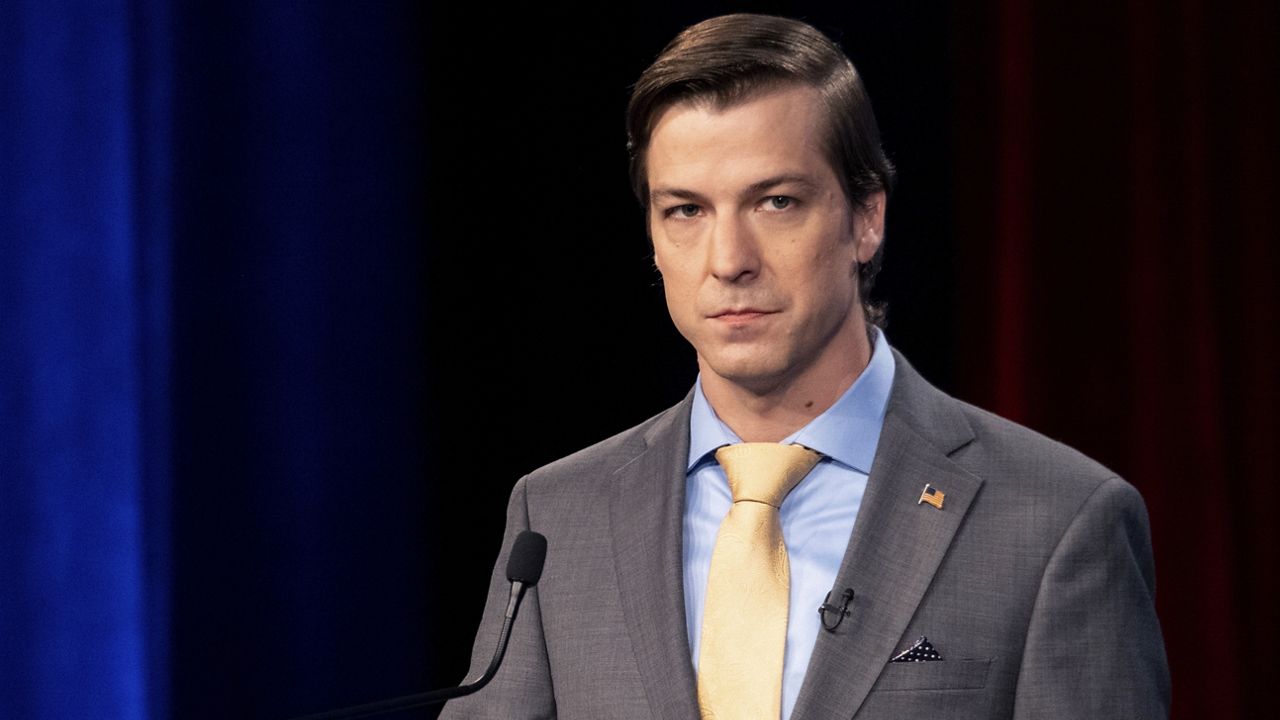
Chase Oliver
“If you’re sick and tired of the two-party system and you want to express your kind of dissatisfaction with the polarization that’s created by the false political binary, I recommend voting outside of that false binary, whether it’s me or another alternative party candidate,” said Oliver, the Libertarian Party’s nominee.
Beyond that, Oliver, 39, of Atlanta, argues voters should consider him because he’s a “regular working person” who truly understands "when the stresses of the economy hit the average American family.” Among his positions, he’s for a smaller government, balanced budget and free-market economy and against tariffs and government bailouts of companies that engage in irresponsible business practices. He supports a simplified immigration system that allows migrants to come to the United States to work, and he’s against military interventions in other countries.
“I’m far more concerned about what we can do to reduce the size and scope of government than just merely attacking my opponent and saying they’re threatening democracy or saying that they’re Karl Marx reborn,” Oliver said. “I’m more focused on spreading the libertarian message to the voters.”
Oliver said he is ready to assume the presidency but is also realistic about his chances.
“You have to run as if you’re going to win,” he said. “If you don’t do that, you’re not going to take the steps you need to take in order to have the most success in this race. Do I live in the world where that’s most likely to happen? Probably not.”
Oliver is aiming to have a strong enough showing to ensure easier ballot access for the Libertarian Party in future races. He appears on more ballots — 47 — than any other third-party or independent candidate and is a write-in option in three others and the District of Columbia.
While collecting petition signatures, much of it done by volunteers, helped Oliver land his name on so many ballots, the Libertarian Party also was guaranteed access in some states because of its performance in previous presidential and statewide office campaigns.
But in Ohio, for example, his campaign still had to gather 88,000 signatures. That’s something he’s hoping the party’s next presidential nominee will avoid.
Other goals for Oliver include helping down-ballot Libertarians in their races and hoping Harris or Trump will adopt some of his party’s ideas.
_Cropped)
Claudia De la Cruz
The nominee for the Party for Socialism and Liberation, De la Cruz is trying to make a tough sell in the U.S. by convincing Americans to transition to a socialist economy.
“It’s been made to be the villain, but we haven’t experienced in this country anything even close to socialism,” said De la Cruz, 43, a veteran community organizer from New York. “And a lot of the social programs that we have today are a result of people who have engaged in organized struggle, who many of them had a socialist vision.”
The goal in running, De la Cruz said, is more about her party’s long game.
“We don’t think in any way, shape or form that we could win without the masses,” she said. “But in order for us to be able to have the masses, we need to do the groundwork that we’re currently doing. Nothing happens instantly.”
De la Cruz argues that the U.S. can invest trillions of dollars into health care, housing, infrastructure, free education, student debt relief, climate change action and other causes by cutting the military budget by 90% and eliminating funding to support foreign wars.
She appears on the ballot in 19 states and is a write-in option in 24 others. A team of more than 6,000 volunteers nationwide helped her gain ballot access by collecting petition signatures.
The requirements for third-party and independent candidates to be added to ballots vary widely from state to state. In California, for example, campaigns need to collect more than 220,000 signatures. Meanwhile, in Louisiana, candidates can pay a $500 fee in lieu of a 5,000-signature petition.
“I have received a rude awakening in terms of how the democracy works, unfortunately, in this country,” De la Cruz said. “ … It’s a very uneven process, and it’s a very difficult process.”
Like Stein, De la Cruz said Democrats have challenged her candidacy in some states. Also like Stein, she says Israel is engaged in “genocide” in Gaza.
On Wednesday, the campaigns for De la Cruz and West announced a cooperation agreement in which each candidate encourages voters in states where he or she is not a candidate to vote for the other.
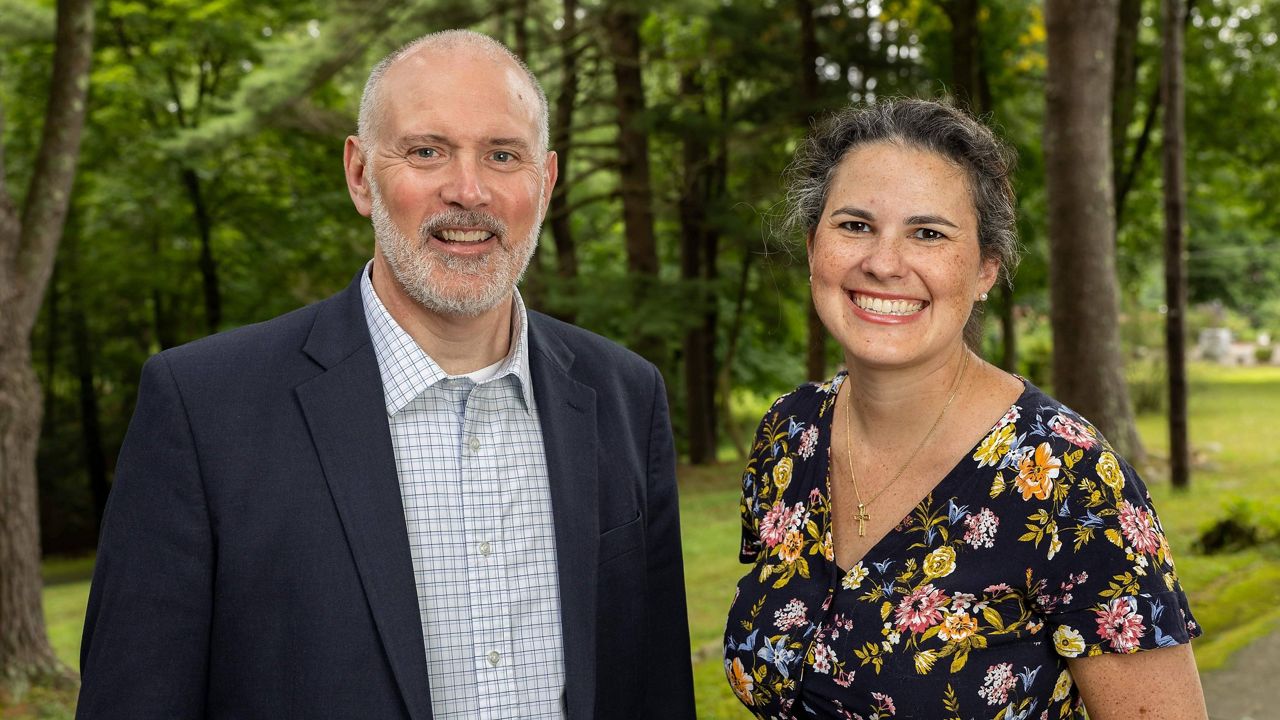
Peter Sonski
“I have not ordered my return-of-address labels for 1600 Pennsylvania Ave., yet,” Sonski jokes when asked about his chances to win Tuesday.
For Sonski, running for president is more about growing the American Solidarity Party in size and influence. A Christian democratic party, the ASP was founded in 2011 and began endorsing candidates in 2016.
The party supports positions that fall on both the right and left side of the political spectrum. For example, it takes traditionally conservative positions in opposing abortion and same-sex marriage. But the ASP also supports universal health care, stricter environmental regulations and social justice and opposes the death penalty — causes favored by Democrats.
“This is why I make myself available to them as a third option, as something that they should consider that doesn’t squarely fit into the Democratic camp, doesn’t squarely fit into the Republican camp, but takes key positions from each,” said Sonski, 62, a former school board member in Connecticut.
Sonski is on the ballot in seven states, and his campaign staff is all volunteers.
The presidential candidate still works 40 hours a week as a museum administrator, using personal time off to travel to California, Florida, the Midwest and elsewhere to campaign.
“It’s not campaign rallies akin to what most people are witnessing on the television news, but it is indeed a modest effort to try to increase the party’s recognition and to help voters develop confidence that a third party is a viable option,” he said.
Sonski said he’s met many voters who have grown so frustrated with the “tremendous divisiveness” in American politics that they don’t want to vote any longer. But he argued a vote for a third-party candidate can send a strong message.
“A vote that I cast here in Connecticut for either of the major-party candidates is not going to make a hill of beans,” he said. “ … But a third-party vote in that state is measurable. A third-party vote says: ’I don’t agree with the Republicans. I don’t agree with the Democrats. I choose another option, an option that I think better represents my views and my values that the other two parties are ignoring.’
“And that vote is registered and that vote is available for people to see and realize that there are voters that have elected a different path.”
Ryan Chatelain - Digital Media Producer
Ryan Chatelain is a national news digital content producer for Spectrum News and is based in New York City. He has previously covered both news and sports for WFAN Sports Radio, CBS New York, Newsday, amNewYork and The Courier in his home state of Louisiana.




